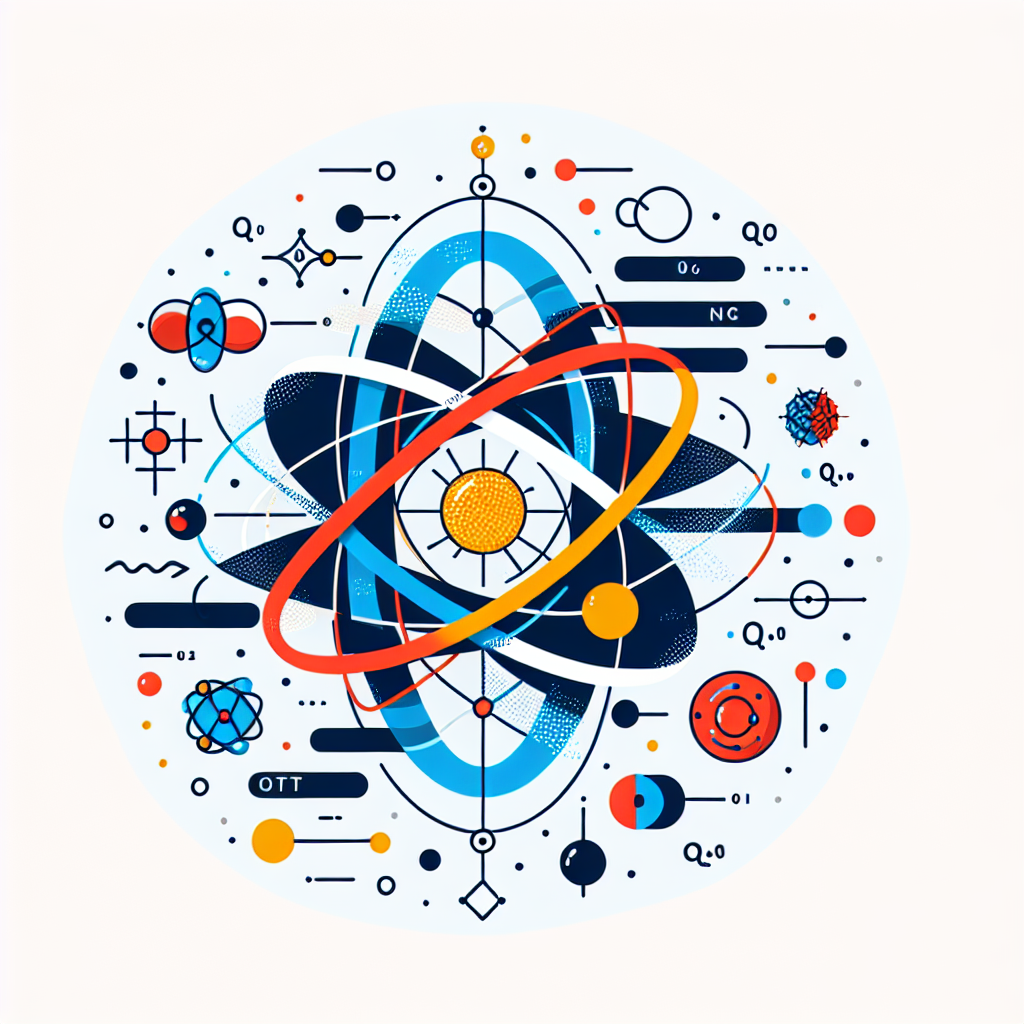
Quantum Information Theory
Quantum Information Theory combines quantum mechanics and information theory. Unlike traditional computing where data is binary (0s or 1s), quantum computing uses quantum bits, or "qubits." Qubits can exist in multiple states at once, a principle known as superposition. This allows quantum computers to process a vast number of computations simultaneously. Additionally, qubits can be entangled, meaning the state of one can instantly affect the state of another, no matter the distance. This entanglement and superposition enables faster processing and transmission of complex information, creating possibilities for major advancements in many fields.
Additional Insights
-

Quantum information theory explores how information is processed and transmitted using the principles of quantum mechanics. Unlike classical information, which relies on bits as the basic unit (0s and 1s), quantum information uses quantum bits, or qubits, which can exist in multiple states simultaneously. This property allows quantum systems to perform complex calculations more efficiently than classical systems. The field has significant implications for secure communication, quantum computing, and understanding the fundamental nature of information itself.